watch now!
A place where I discuss all things related to toddlers and motherhood!
Subscribe to my Youtube channel
As a clinical psychologist, published author, and mother to two cheeky young children, I get it. I’ve spent YEARS researching and filtering through the noise online, so you don’t have to.
PARENTING TIPS
POTTY TRAINING
ANTIRACISM
PLAY
Blog Topics
SIBLING RIVALRY
SCREEN TIME
TANTRUMS
DISCIPLINE
Hi I'm Dr. Jazmine
Do Time-Outs Work? Or Are They Harmful? Disciplining Your Toddler or Preschooler Using Time-Outs
topics:
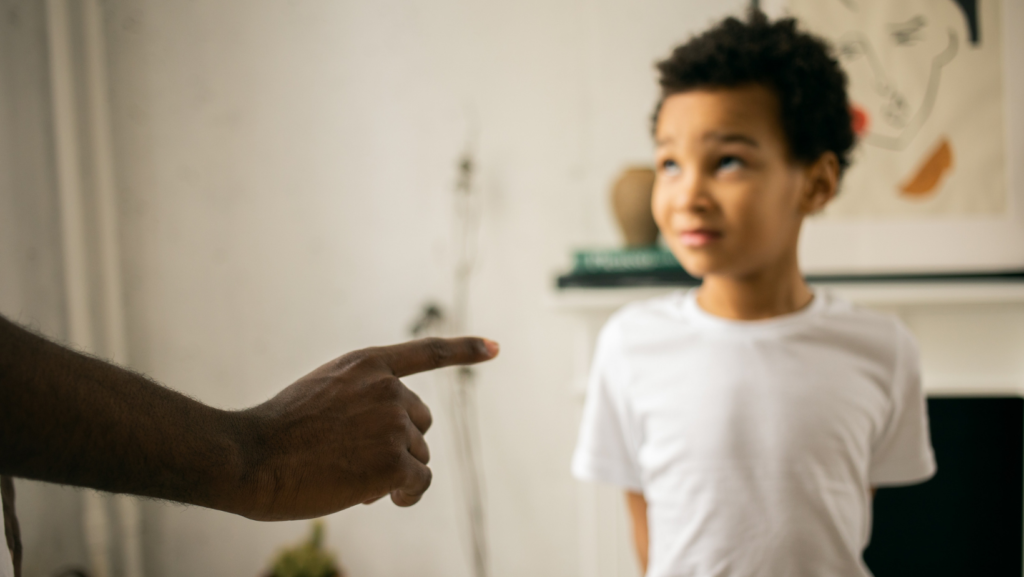
A common question I get is “Dr. Jazmine, do you recommend time-outs for toddlers or preschoolers? What’s your whole perspective on this?”
When it comes to discipline and helping your child make good choices, learn new behaviors, and teach lagging skills, there are many approaches out there.
As a clinical psychologist, I am a fan of teaching parents a wide variety of tools, tips, and tricks. Not only because all our approaches are different, but because what works one day might not work another day. Or what works for one child or family might not work for your child and family. So you need a variety of tools so you can feel more confident supporting your child.
In the parenting community – specifically the positive parenting community – there is an argument that you shouldn’t put your child in time-outs. The argument is that it’s bad for the relationship, and you should instead do time-ins to connect with your child. You should focus on that when they’re struggling and having a hard time versus putting them in a time-out.
But there is a lot of conflicting information out there, and it can be confusing. Especially if you’ve done a time-out and you feel like it works or it feels like it’s in line with your overall approach.
As a clinical psychologist, I was trained on how to teach parents how to give a time-out. I trained at UC Davis through a treatment approach called Parent-Child Interaction Therapy. I learned to coach parents live in the room and in the moment. And I trained them on how to learn a script, how to learn a certain way to use the time-out with their child.
Because when it comes to time-outs for your toddler or preschooler, intentionality is key.
Time-outs have gotten a bad rep because they’re often used incorrectly, done out of anger, or there are missing steps.
I want to share a quote I came across. It says, “The severe punishment and social isolation that is commonly done in the name of time-outs is harmful.”
This quote comes from Dr. Dan Siegel – who I respect a lot – the clinical professor of psychiatry at UCLA. He’s authored many great books, including The Whole-Brain Child and No-Drama Discipline.

In 2014, he co-wrote an article about time-outs. And what he did was highlight brain imaging research that found social exclusion and physical pain trigger similar patterns of brain activity. He also wrote that isolating a child in time-outs may deny the child’s profound need for connection during times of distress, while some varieties of time-outs are appropriate.
Let’s read that again: While some varieties of time-outs are appropriate – brief, infrequent, and involving care and kindness – time-outs that isolate a child are inappropriate.

Seigel says time-outs are often administered incorrectly. And that’s where the problem lies.
I want to share another study with you before I get into the tips and tricks for time-outs. There was a study done in 2019 and published in the Journal of Developmental & Behavioral Pediatrics. It was based on 1,400 families analyzing the developmental data of kids beginning at around age 3 continuing up to when the kids reach 11 and 12.
They found that among the families who reported using time-outs as discipline, kids were not at an increased risk for anxiety, depression, aggression, rule-breaking behaviors, or self-control problems when compared to those who came from families that did not do time-outs. Creativity scores were also the same regardless of whether a family used time-outs.
The assistant professor Rachel Knight at the University of Michigan wrote that no matter how they weighed or controlled the data, they found no evidence that using time-outs was associated with bad outcomes.
There’s research out there supporting and not supporting time-outs, and with all things parenting, do your research. Find an approach that works for you, and most importantly, your child.
4 Best Practices For Using Time-Outs With Your Toddler Or Preschooler
1. The number one thing is to decide what behavior warrants a time-out because not all misbehavior calls for a time-out.
The thing about consequences is that it’s nuanced. No one consequence is going to get every single behavior. There are so many tools you need to have in your toolbox because not everything is going to work for every situation.
You need to use what works in that moment with your child, with their age and stage, and with the situation. Therefore, time-outs don’t work in every situation.
Be very clear about what behavior warrants a time-out and what behavior doesn’t.
My rule of thumb is that time-outs are appropriate for not listening but are not appropriate during times of distress, tantrums, or aggression. Providing time-outs during episodes of intense emotions only exacerbates your child’s emotions and leads to more parent-child disconnection.
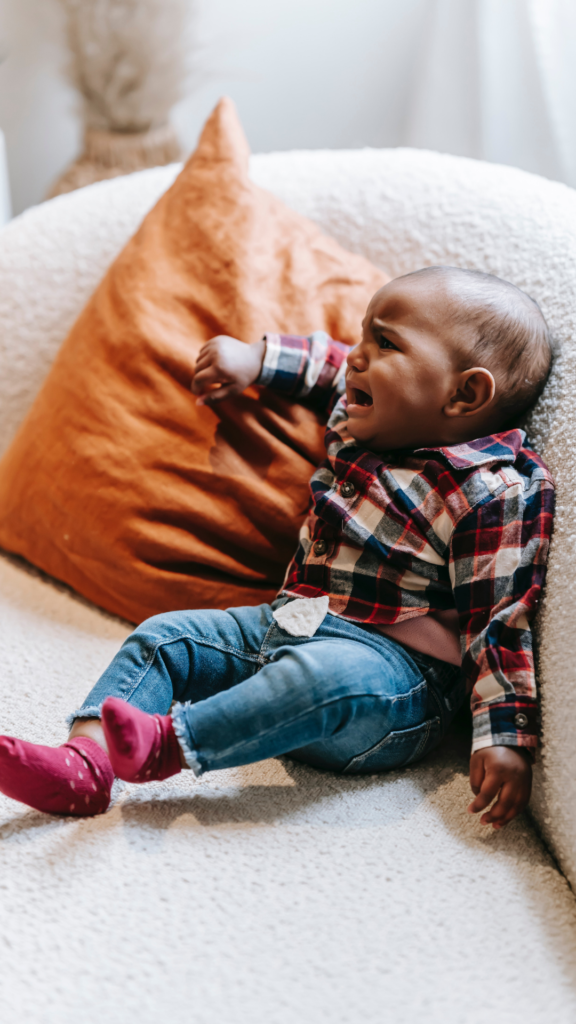
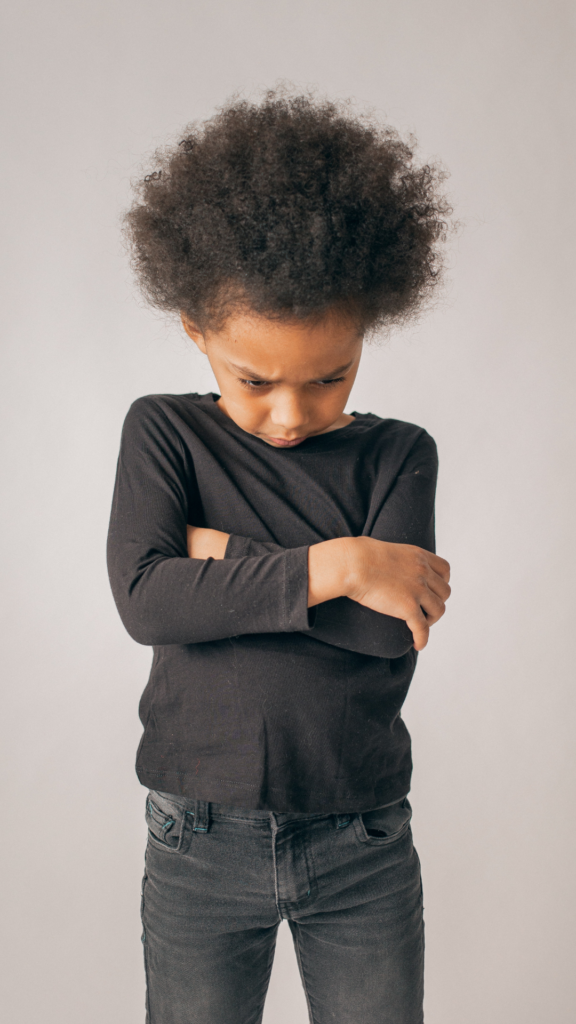
2. The next best practice for time-outs is to decide beforehand where the time-out will be and for how long.
Time-outs should never be in your child’s room or where they are closed off from a part of the family. Time-outs should be in a certain location.
So you are going to want to decide where that location should be, but it should be where you can see your child.
You should know what they’re doing when they’re in a time-out, just like they should know what you’re doing when they’re in a time-out. I’m not saying you’re interacting with your toddler or preschooler during a time-out. But you should not be secluding them in a separate room or their room. You don’t want to associate their room with negative feelings.
Make sure you know beforehand where you’re going to have the time-outs and for how long. Generally, the shorter the better.
3. You next need to decide what your plan is for when – not if – your child refuses to go to time-out.
The thing is, nobody wants to sit in a time-out. You’re going to get some pushback from your child, and that’s okay. This is why you need to have a plan for what you’re going to do when they refuse to sit in time-out.
Time-outs are best used when they are intentional and when you have a plan in place. In an ideal world, all the caregivers for your toddler will be on the same page about the plan, so that everybody’s implementing it consistently. But you can have your own style, you can have your own plan, and do it that way.
4. Finally, time-outs for your child are best done intentionally and not out of anger or frustration.
You’re going to be robotic, and you’re going to use a script that will help you avoid becoming angry. That’s why I teach parents a script: what to say, how to say it, when to say it, and when to zip your lips.
The best tool for parenting is your relationship with your child. That’s where the good work happens: when you have a loving, connected relationship.
That’s why I will always teach that first and save the time-outs for the very last. The time-outs are like the icing on the cake, for certain things in certain situations and not for every misbehavior.
And time-outs are definitely not your main parenting tool.
Your main parenting tool is always going to be your relationship with your child, connecting with them, making sure you’re spending one-on-one playtime with them. You should implement time-outs in the context of a loving relationship.
Time-outs – when used intentionally and not used in anger – are effective in increasing better behaviors in your child.
This, in turn, increases the likelihood your child will listen to you and follow your directions. Time-outs are just another tool in your parenting toolbox to make you a more confident parent.
If you need more help, I have a free workshop, How to Get Your Kids to Listen Without Yelling, where we work through discipline and setting consequences with intention and respect.
You’ve got this,
Dr. Jazmine

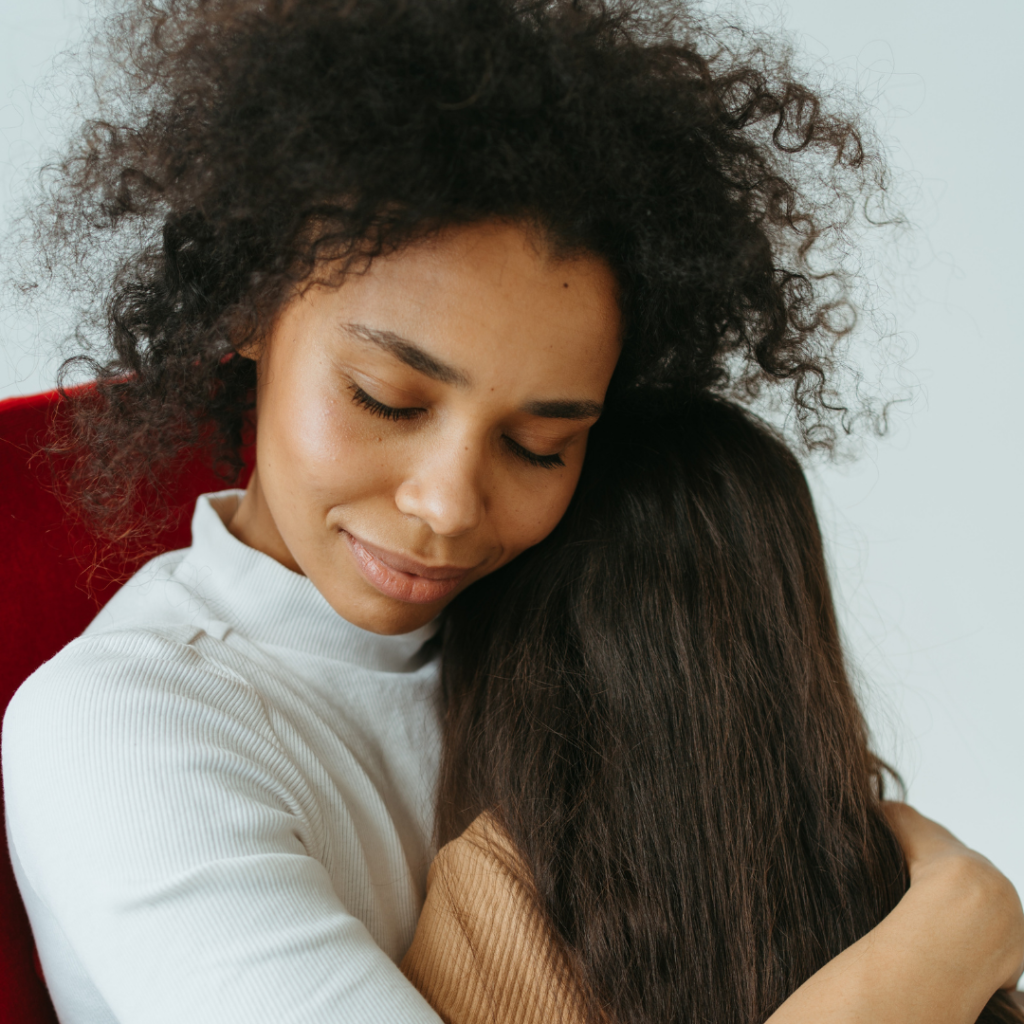
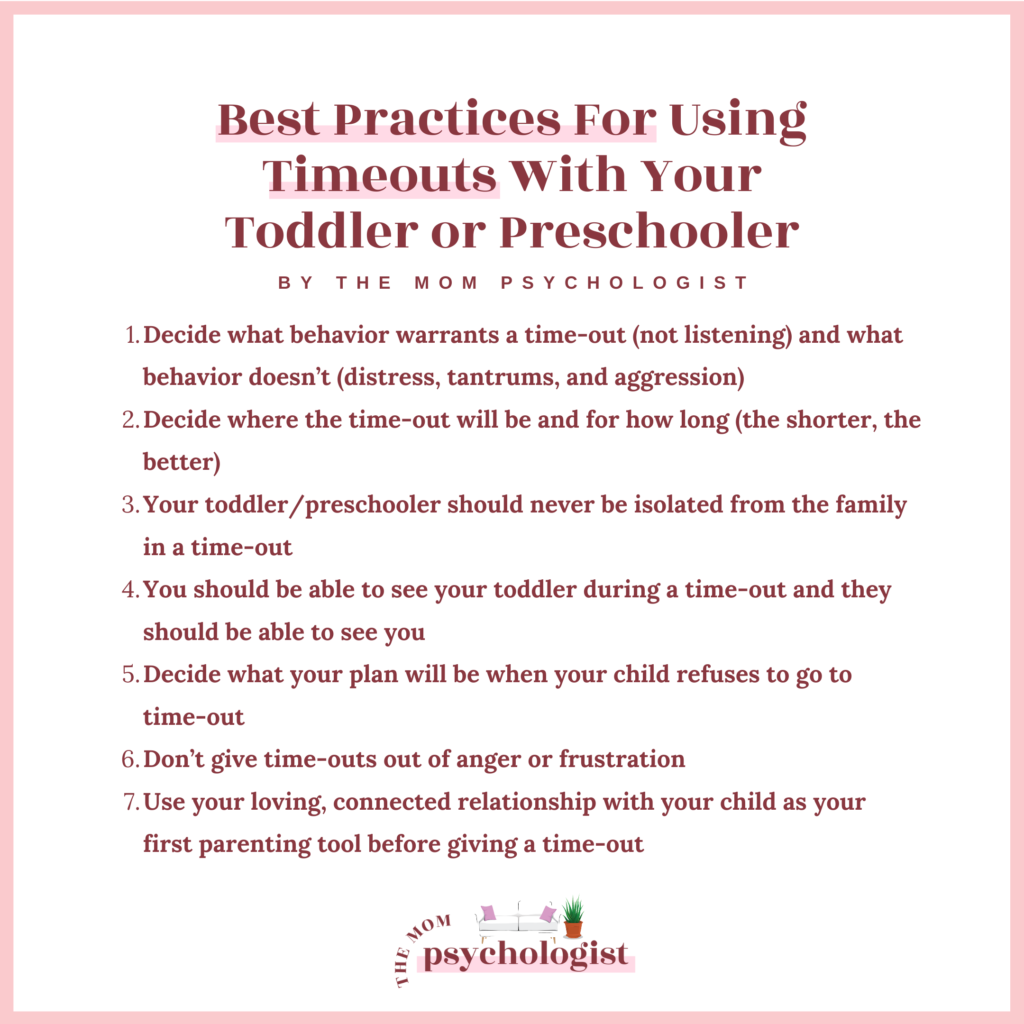
Love this? Don’t lose it! Click below and save it to your Pinterest!
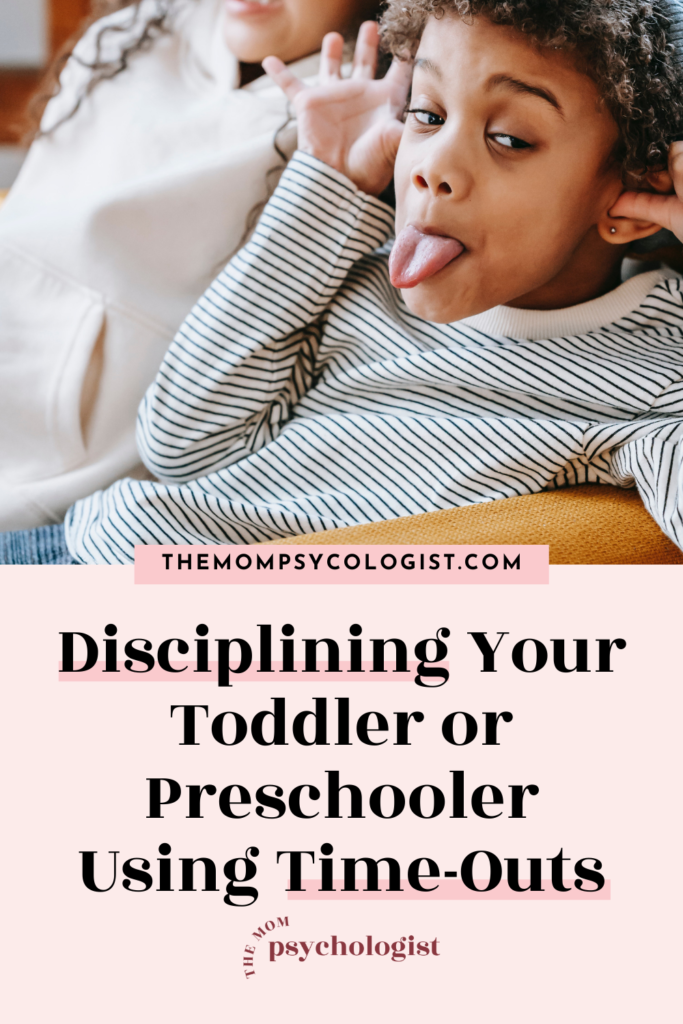
Leave a Reply Cancel reply
Copyright The Mom Psychologist® 2025
grab my free script pack!
explore
work with me
information
About
Blog
YouTube
Podcast
TMP University (Coaching)
Privacy Policy
Terms of Use
Product Disclaimer
Contact
TMP Times (Newsletter)
I have never given my 2 year old toddler time out, but she just came walking towards me and started hitting and kicking me for no apparent reason. I asked her to give love, but she carried on. I asked her why, she said because she wants to hit me. I told her I’m going to put het in her cot if she doesn’t stop. She continued and after the third warning I placed her in her cot for one minute. I came to check on her and she told me to leave the room. I tried to calm her down but she insisted that I leave. So now I’m sitting in the lounge waiting for her to calm down before I go in. Maybe I’ll offer her a treat and ask if she’d like to join me if we can love each other instead… I honestly don’t know how else to do this. Any advice?
I would honestly say “let me know when you are ready for me to get you or when you need a hug” simpler the better. It’s ok for children to have big emotions but knowing what’s appropriate and what’s not for expression is important. Big emotions are hard but knowing what’s appropriate is very keen to raising a child who will be a functioning adult. I would also say something like “you SEEM angry” or “you LOOK upset, is everything ok?”. Avoid things like “why are you mad?”. Making the light observation apparent will allow your child to feel like they can come to you about how they are feeling vs feeling defensive. Avoid “why are you mad?” Type questions. Even as adults we hate it when someone asks us a question like that even if we are raging. I’m not a professional but I have worked at a head start school and I’m a single mother of two boys, one being extremely special needs and having to take parenting classes for behavioral modification.
These are incredible tips- having a plan ahead of time with your partner is so critical too.
I have a 2 year old that has recently started hitting and kicking me, the kicking happens during nappy changes or clothing changes and the hitting happens out of frustration or because she hasn’t received enough 1-2-1 time (usually when I’m cooking) and is trying to get any form of attention, I have tried redirecting her frustration by showing what she can hit to get it out and I’ve talked about and shown her “gentle hands”, I also remove myself from the situation and refuse to carry on being close to her and say “you seem frustrated but hitting is not ok, I want to play with you but I can’t when you hit” and I emphasize the expression of sadness on my face, it works sometimes but not always, and when she kicks I’ve tried redirection, tried to get her to stomp her feet on the ground, said how it hurts mummy, shown how sad I am on my face, and eventually even lost my temper when it hurts enough which I hate if that happens and I’m obviously not going to let her sit in a dirty nappy so it has to be done, the only thing I can think to do now is a time out, I tried it earlier and it seemed ok, I put her on the sofa with nothing around her and I sat close but not close enough for her to try and play with me, then I let her sit for 2 minutes without any interaction from me and she wasn’t phased by it so I took her off the sofa and said “that was good sitting! Now it’s time for a nappy change” and I lay her down again and she immediately started yelling “no” and kicking me again so I picked her straight back up and put her on the sofa and said “no kicking” and left her another 2 minutes without any interaction me sitting close again, but this time she did get upset about it because she was getting bored and I didn’t respond, she knew I was there and was aware of her but I didn’t interact when she tried lots of ways for me to pick her up and I then picked her up at 2 minutes and did the same again but this time she almost didn’t kick until she did again so I did it again and at the end of the 2 minutes she was saying “no kicking” and laid down and let me change her without any issue. I think it was successful but I want to make sure I haven’t done anything that will be mentally damaging for her xxx